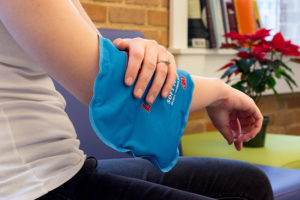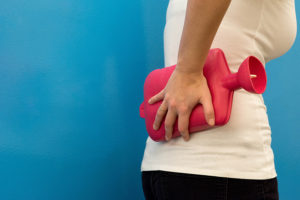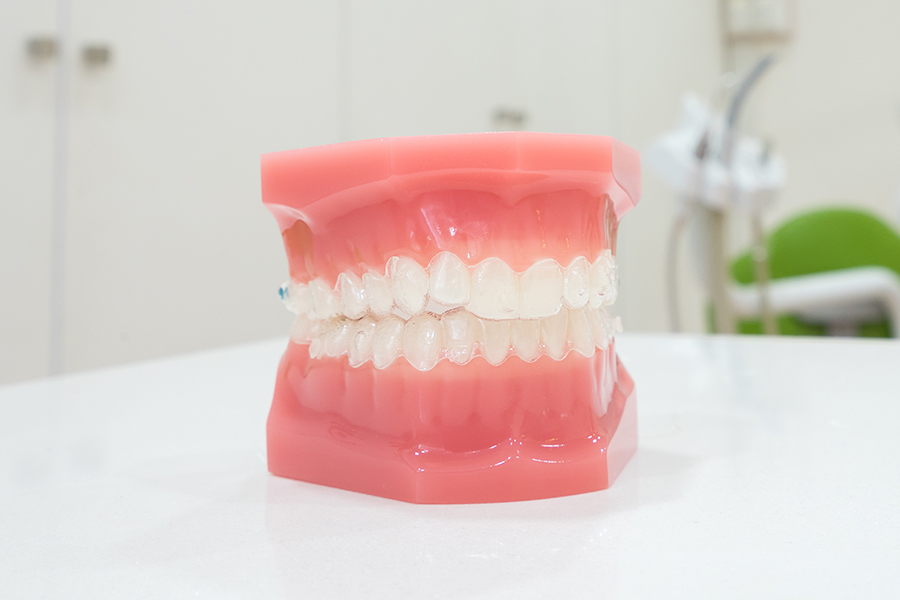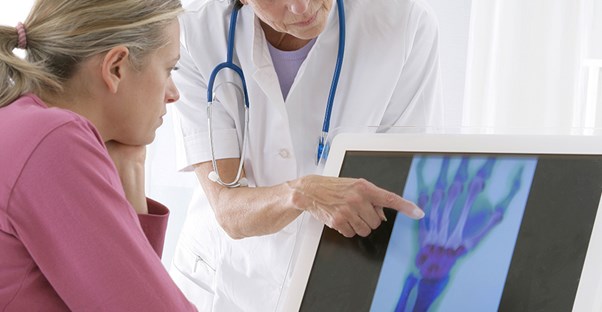Back Pain Treatments
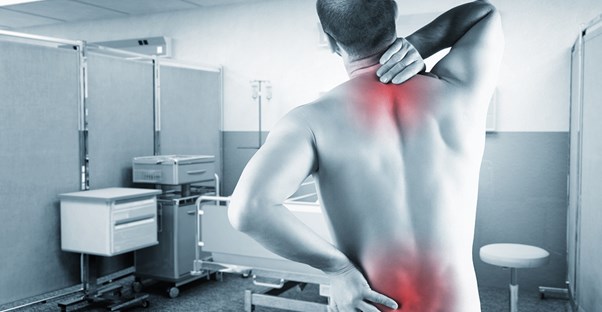
Generally, over-the-counter pain relievers, using heat and ice, and stretches are all your need to cure minor back pains. It is usually best to try to continue your normal activities as much as possible, but make sure to stop any activity that increases the pain. After a few weeks, if these methods aren’t working to improve the pain, your doctor might recommend some other treatment options for you to try.
Medications
Different types of medications are recommended depending on the causes of your back pain. Severe back pain will, likewise, require stronger medication. Some of the most common medications prescribed for back pain include:
- Over-the-counter pain relievers
Non-steroidal drugs such as acetaminophen, ibuprofen, and naproxen can help to relieve acute back pain. Higher strength NSAIDS are available by prescription if over-the-counter pain relievers are not strong enough. - Topical pain relievers
These include creams, salves, or ointments you can rub into your skin at the site of your pain. - Muscle relaxants
For mild to moderate back pain that does not improve with over-the-counter or prescription anti-inflammatory medications or as a result of physical therapy or stretching, your doctor might prescribe a muscle relaxant medication instead. This medication can potentially make you feel very sleepy as a side effect. - Narcotics
For severe back pain or injuries, or even chronic pain, your doctor might prescribe narcotics such as codeine or hydrocodone to help manage your pain. These medications are typically only used for a short period of time and under close supervision by your doctor. - Antidepressants
Certain antidepressants, such as amitriptyline, have been shown to relieve certain types of chronic back pain. - Injections
If no other medications relieve severe back pain, your doctor may inject cortisone or a numbing medication into the epidural space, which is the area around your spinal cord. This relieves pain by decreasing inflammation around your nerve roots and will typically last less than a few months.
Physical Therapy
Physical therapy and stretches are both very common treatments for chronic back pain. This type of treatment is administered by a physical therapist and involves applying various techniques such as heat, ultrasound, electrical stimulation, muscle-release techniques, and stretches to your back muscles and soft tissues in order to eliminate pain. Once your pain begins to improve, the physical therapist will work with you to teach you exercises that will control and prevent pain in the future, such as increasing flexibility, strengthening your back and abdominal muscles, and improving your posture.
Surgery
This is usually a last resort and a rare treatment option only used for severe back pain. If you experience radiating leg pain, progressive muscle weakness, or nerve compression, your best treatment option might be surgery. Typically, doctors only resort to surgery specifically for back pain resulting from structural problems, such as spinal stenosis or a herniated disc. One procedure that helps eliminate painful motion of the spine is a spinal fusion. This involves fusing painful vertebrae together into one single, solid bone to keep the spine from moving too much.


